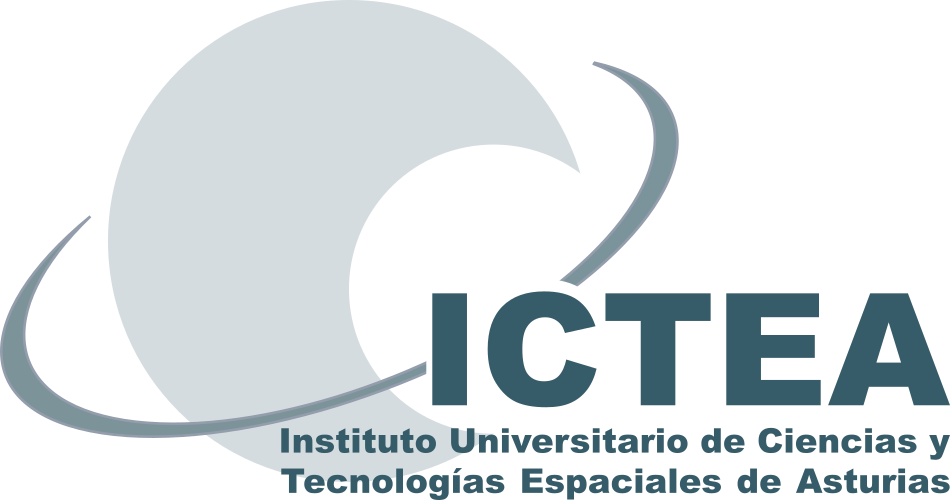Ponente
Descripción
Ground based telescopes encounter a significant challenge in the form of
atmospheric turbulence, which results in the acquired images appearing distorted
and lacking sharpness. To address this issue, adaptive optics is employed, a
technology that effectively mitigates wavefront aberrations by adjusting the shape
of a deformable mirror's surface. Furthermore, the integration of neural networks
into the control system has showcased notable enhancements, both in
atmospheric correction and turbulence prediction. Specifically, in this work 2DLSTM network structure is employed, which has shown good efficiency in slope
prediction over a time sequence. Aiming to address the prediction of turbulence
data without the noise introduced by reading instruments. Through the
experiments carried out in this research, it is shown that such neural models are
able to learn to a certain extent the noise patterns of the system. This way, the
obtained data can closely resemble real-world turbulence conditions.

